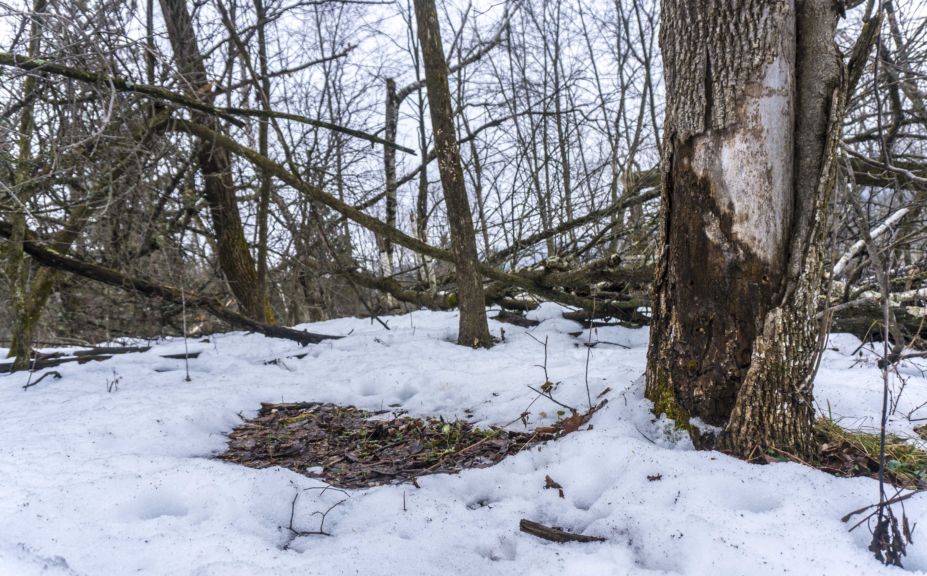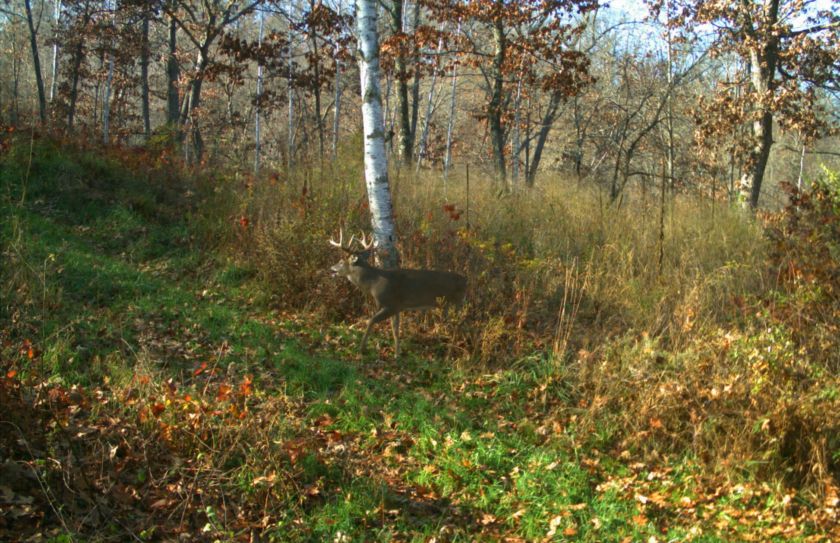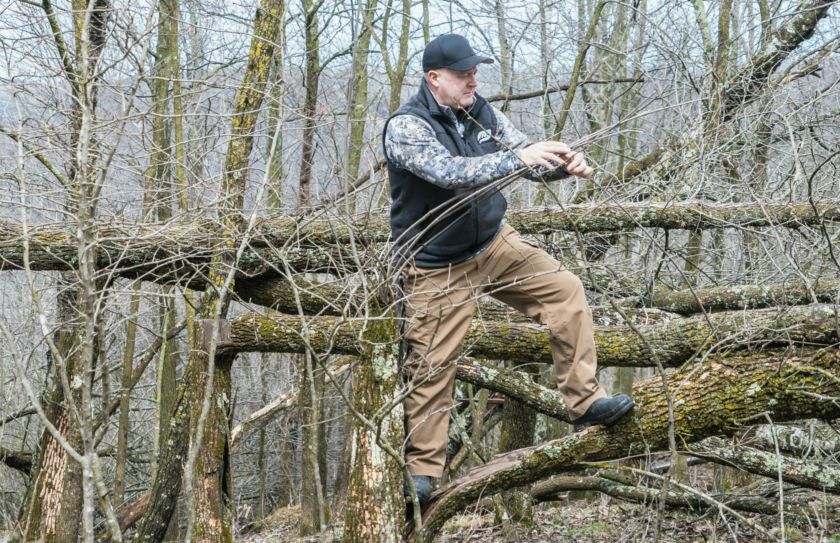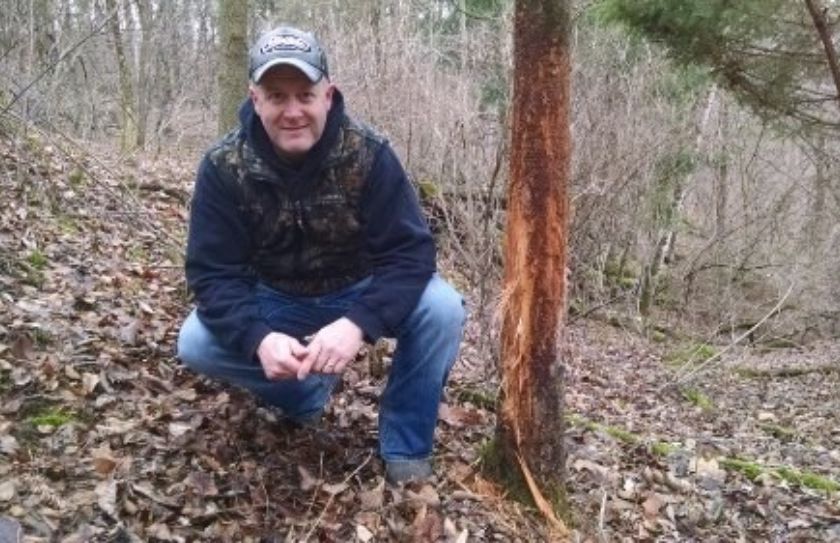Are there any secrets? No, however, you wouldn’t know it by such a vast amount of varieties, practices and levels of effectiveness for hinge cuttings. Here are the 7 most important factors, for making sure that you create the perfect hinge cut bedding area on your land.
1. 90 Degrees Of Sunlight For Optimum Growth
During the summer months, if your new hinge cut bedding area does not receive a total of at least 90 degrees of sunlight from the southern sky, then make sure to remove enough canopy to allow more sunlight into the cutting. A full amount of sunlight will allow the optimum amount of regeneration for daytime browse and ensure that your hinge cut has the opportunity to live for several years or more.
2. Bedding Canopies are Not Necessary
Extremely high quality bedding locations can be found naturally across the entire country without a canopy. Deer do not need to hide from airplanes or birds. In fact, in most locations where deer are accustomed to plenty of space, they will often avoid the confinements of a canopy

3. Side Hinge Cut Cover Is King
By hinging to the side and away from the intended area of bedding and bedding travel, you will effectively hide deer from predators, hunters, and each other.
4. A Bedded Buck Needs To See
Although some coverless Ag regions dictate the necessity for large numbers of deer to be confined to small locations, a mature buck needs his space. While a deer bedded within a flat Ag region with small percentage of cover per section of land will tolerate a lack of observation, deer in general prefer to see danger at a safe distance. In heavily wooded areas, deer require a sight line of 50-100 feet or more within and outside their bedding area. If your bedding area is too thick for the region that your parcel is located in, it is not uncommon for a mature buck to completely avoid your hinge cut bedding area.
5. Hip High Hinge Cuts
Hip high hinge cuts not only place cover at the desired height to hide deer, but also position regeneration on the side of the trunk at a level that deer can forage effectively. Hip high cuts are also much safer than cuts that require the chainsaw to be at neck or head level while you are cutting.
6. Flat Beds Are A Must
The area you expect deer to bed should be flat. Deer avoid bedding on angled or uneven ground. In hilly areas, flat benches on hillsides and flat crests on ridges are great areas to create beds on. It’s important to recognize these flat areas within your cuttings, and hinge away from them, so that deer have the opportunity to bed within your bedding creation. If no flat areas exist, grab a shovel.
7. Bedding Defined By Size
It is not necessary to make bedding areas that are extremely large. Instead, focus on ¼ to ½ acre cuttings that allow for highly defined bedding area travel that relates directly to nearby stand locations.

If you are a fan of highly defined whitetail strategies, you will love my Whitetail Success By Design Book Series!
Conclusion
As I have traveled across the country, scouting over 600 parcels in 22 states for my whitetail clients, you can imagine the huge variety of both effective and non effective hinge cut buck bedding areas I’ve encountered. These common themes have consistently risen to the top of nearly all of the successful cutting creations I have observed. The secret is, that there are no hinge cut buck bedding secrets. Instead, your success can easily be found, if you do your best to mimic the natural bedding conditions within your locale.


